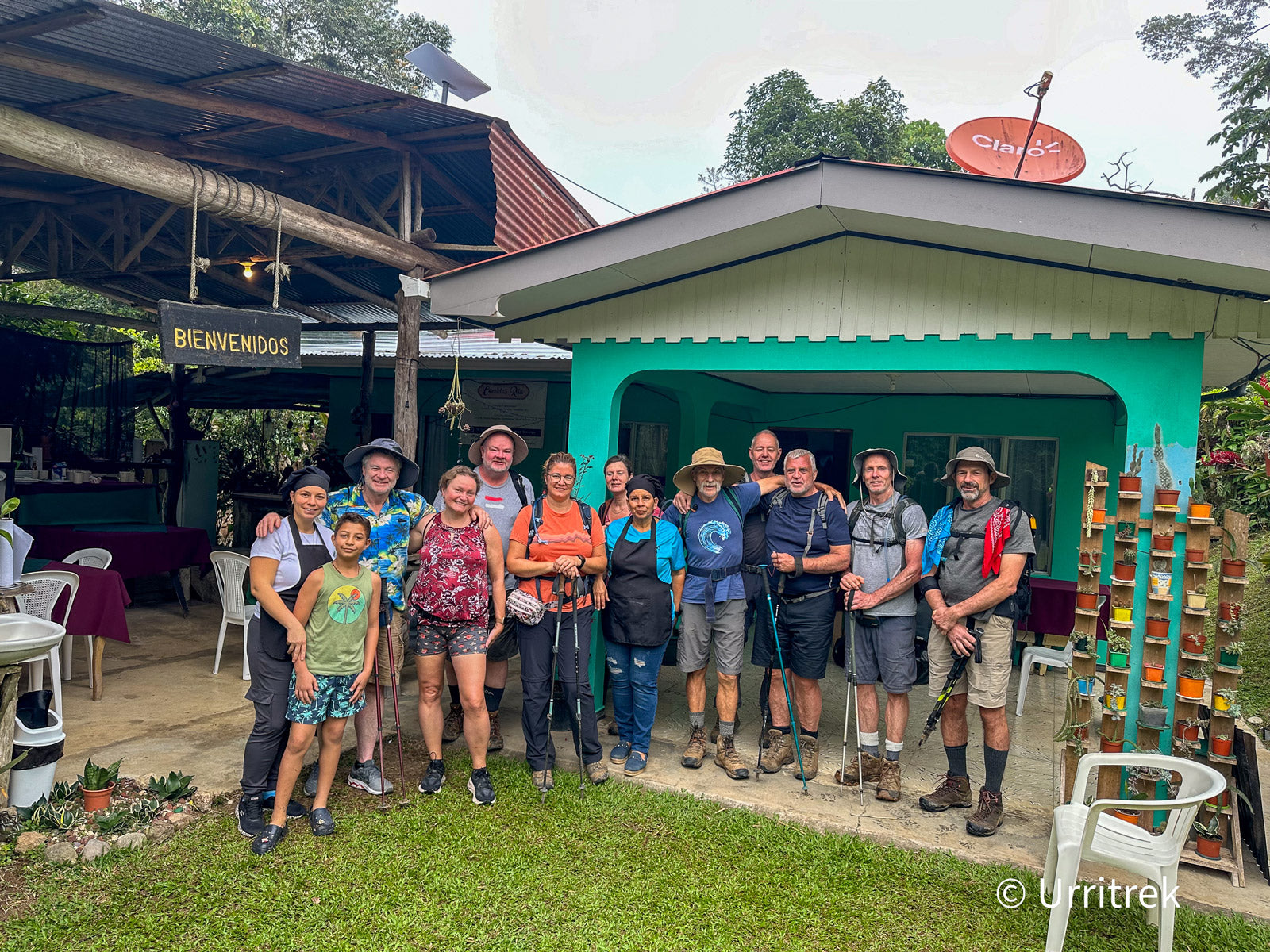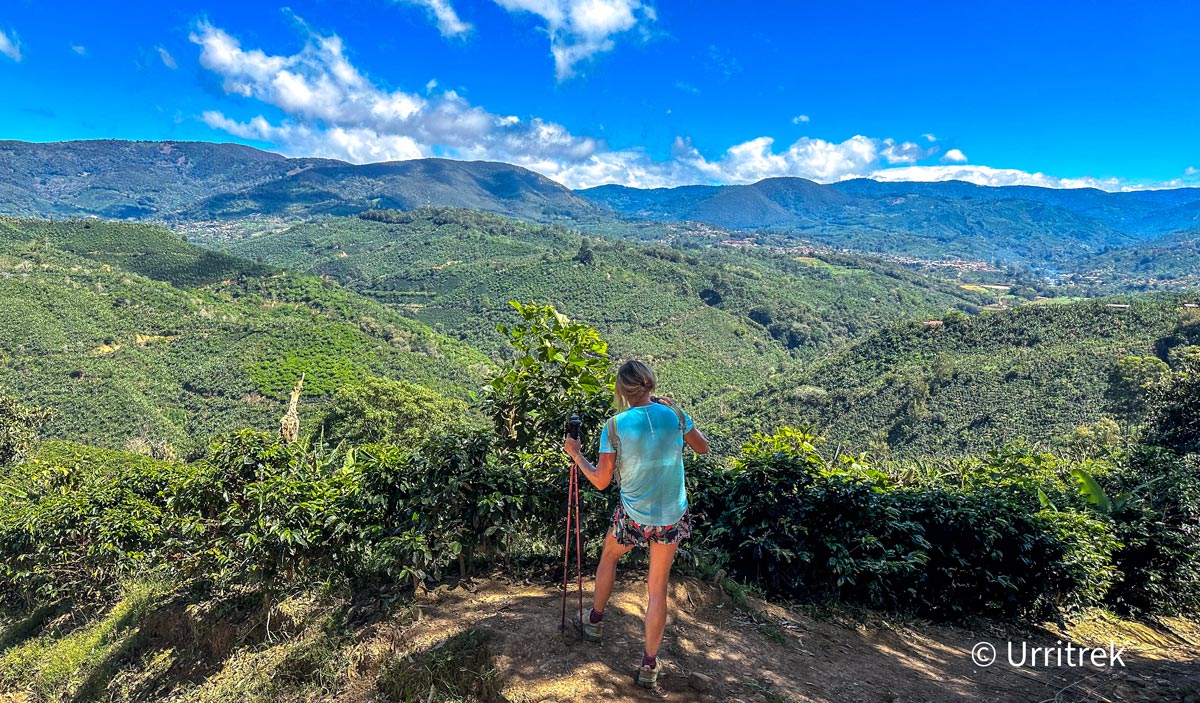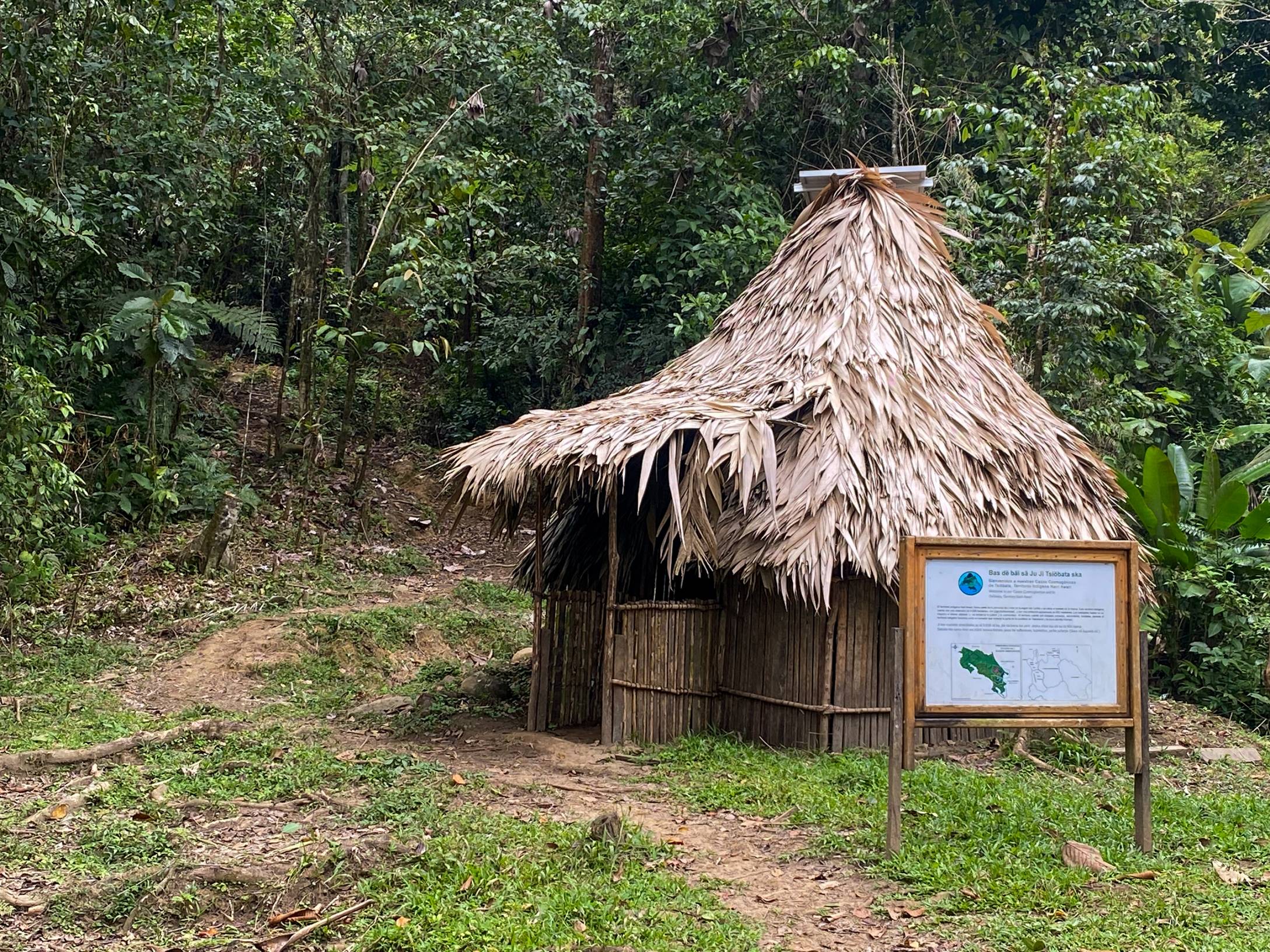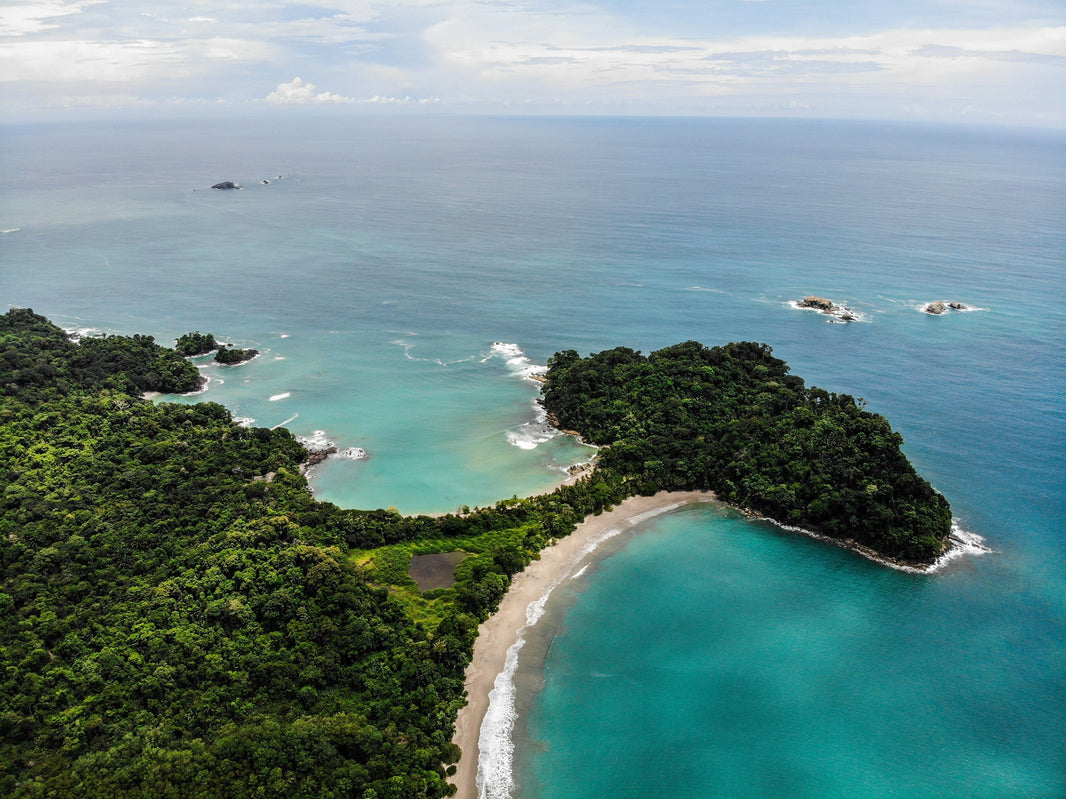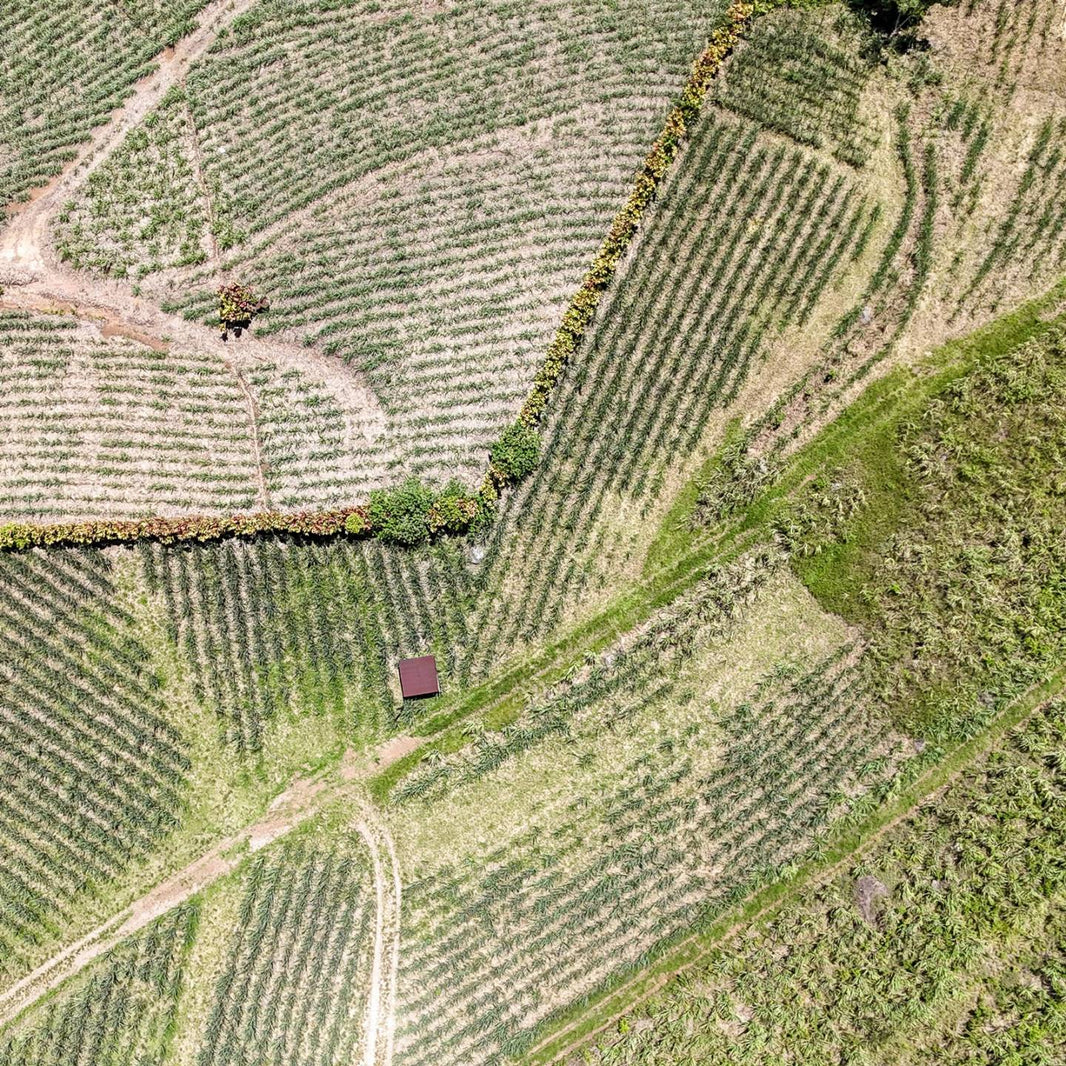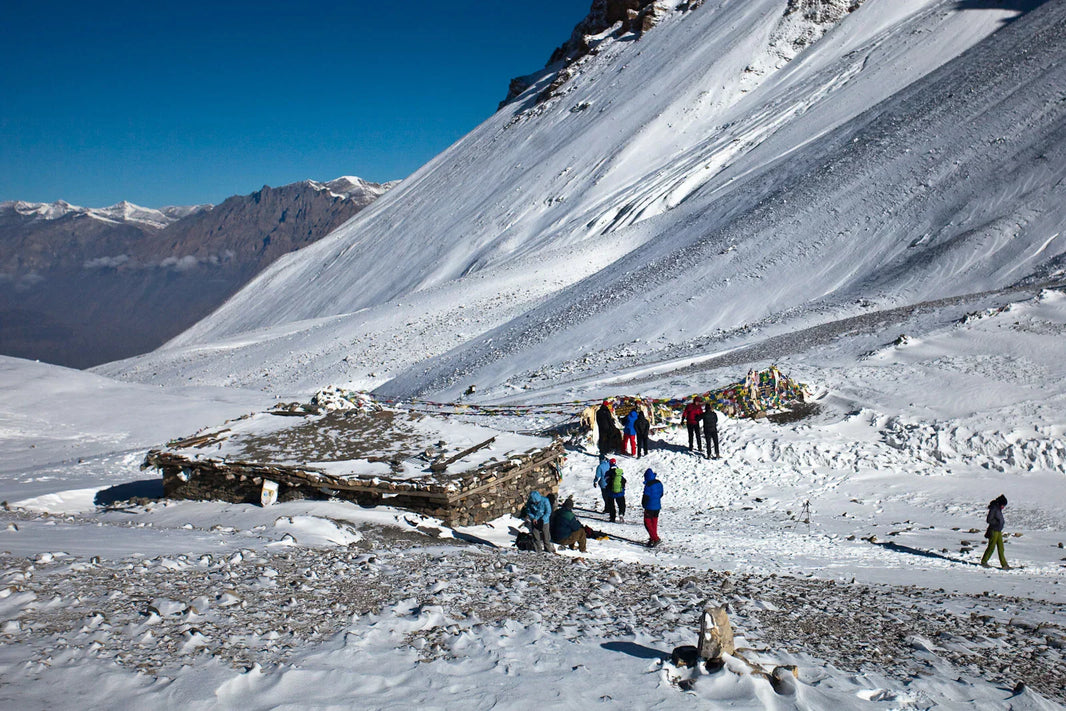In Costa Rica, every trail tells a story — and El Camino is a living testament to the country's rich indigenous heritage. Beyond its paradisiacal beaches and lush jungles, Costa Rica holds a profound cultural legacy rooted in its original peoples.
When we witness the magnitude of the paths we walk, we are, in a way, replicating — or at least drawing inspiration from — the trails once traveled by our indigenous ancestors, always doing so with respect for their legacy and their mindful, harmonious relationship with the environment.
At Urritrek Costa Rica, we are proud to offer a journey that not only traverses landscapes but also connects travelers with centuries of ancestral wisdom, cultural resilience, and harmonious coexistence with nature.
Indigenous communities such as the Cabécar, Bribri, Quepoa, and Ngäbe have inhabited these lands for centuries, leaving an indelible mark on the landscape, traditions, and spirituality. (There are eight different ethnic groups in our country).
The route we follow preserves this strong indigenous heritage, which we share with you through this article.
The Indigenous Roots of Urritrek’s Name
The influence of indigenous culture is so deeply woven into the spirit of Urritrek that it even inspired the project's name. During the first scouting trek, a casual and playful conversation with a Cabécar guide led to the discovery of the word "Urri," which in Cabécar means "Giant Anteater."
At the time, someone jokingly compared our cofounder and guide, Juancho — known for his strong, towering presence — to a bear and asked how to say "bear" in the Cabécar language. The guide explained that there was no direct translation, but that "Urri" was the closest equivalent, referencing a powerful native animal. Find the full story of our name here.
When it came time to name the project, the name ‘Urri’ was chosen with deep intention. It reflects the connection to Cabécar culture, highlights the fragility of Costa Rica’s biodiversity (as the giant anteater is now extinct in the country), and offers a refreshing alternative to more commonly used wildlife symbols, such as the sloth or toucan.
Indigenous Connections Along the Route
Several stages of El Camino are deeply intertwined with indigenous culture, not only through the people who help shape and support these sections, but also through commercial initiatives that showcase their traditions. If this is a topic you love, you might want to learn more about the indigenous populations of Costa Rica, including statistics and some challenges. Check this specialized site.
Here are some key stages where indigenous presence truly shapes the experience:
Stages 2 and 3: Cimarrones to Las Brisas, and Las Brisas de Pacuarito to Tsiobata
These stages venture into Cabécar territory, home to one of Costa Rica's largest indigenous communities. The Cabécar people have lived in the Talamanca region for at least 3,000 years. Along the way, pilgrims experience the warmth of local communities, including the Women’s Association of Las Brisas and the mothers of Tsiobata, who offer lodging, traditional meals, and handcrafted goods.
These exchanges go beyond authenticity — they directly contribute to the economic and social development of these communities. Learning about their way of life and supporting their crafts is a meaningful way to immerse yourself in their living legacy.
Travelers are always moved when they step inside the cosmogonic house created by the mothers of Tsiobata.
Stages 8, 9, 12, and 13: Connection with Panamanian Communities
As El Camino moves inland, it passes through areas influenced by Panamanian indigenous groups. Historical migration and cultural exchange between Panama and Costa Rica have enriched the region’s diversity.
The Ngäbe people, one of Costa Rica’s eight recognized indigenous groups, are particularly present. They play an important role in the coffee harvest, especially between November and February in the Los Santos area. Their presence extends beyond this region to areas like Coto Brus, Corredores, Golfito, Puerto Jiménez, and Sixaola, maintaining strong cultural ties to their Panamanian roots.
Stages 14 and 16: Nápoles de Tarrazú to Naranjillo and Villa Nueva to Quepos
These stages pass through territories historically inhabited by the Quepoa people, an indigenous community with a rich tradition in the region. Although specific information about their current presence along the route is limited, their cultural legacy remains an integral part of the area's identity.
As a fascinating fact, the city of Quepos is believed to have been named after a Quepoa chief. Also as a tribute to the indigenous ethnic group, it serves as a historical reference for the birth of the community and as a tribute to the Huetar tribe of the Quepoa or Quepos, who inhabited the area during pre-Columbian and colonial times. have been named after a Quepoa chief. (PDF in Spanish: Geographic Data of Quepos).
A Legacy Woven into Every Step
Beyond the route itself, the very philosophy of El Camino is deeply influenced by indigenous values. Respect for nature, a strong sense of community, and living in harmony with the environment are central to the experience. Indigenous cultures in Costa Rica, like many around the world, practiced pilgrimages and rites of passage, viewing journeys not merely as physical movements but as profound spiritual transformations.
Walking El Camino is about more than covering distance — it’s about connecting with a rhythm of life that honors the earth and the traditions of its first peoples. Even today, many of the place names encountered along the way, such as Quepos, have indigenous origins, preserving the memory of the land’s original guardians.
Empowering Indigenous Communities Along the Way
El Camino is not just a cultural experience; it is a means of directly empowering indigenous communities. Throughout the journey, travelers encounter several community-driven initiatives that enrich and sustain the experience:
-
The Women's Association of Las Brisas offers authentic lodging and traditional meals, providing a taste of ancestral recipes passed down through generations.
-
In Tsiobata, indigenous mothers craft and sell handmade souvenirs, each piece a reflection of their rich cultural heritage.
- Our local baqueanos (guides) — many of them members of indigenous communities — share intimate knowledge of the trails, the flora and fauna, and their cultural traditions.
Tourism That Transforms Lives
When you choose to walk El Camino with Urritrek Costa Rica, you are actively supporting these communities. Revenue from accommodations, meals, and crafts directly helps families improve their homes, access better nutrition, and invest in education.
Thanks to this growing tourism model, some residents have enrolled in specialized courses offered by the Costa Rican Tourism Institute (ICT) to become certified guides or acquire new skills.
You may also like: Walking Inward: The Spiritual Journey of El Camino de Costa Rica
The impact extends even further: community leaders have traveled abroad (to Panama and South Africa, for example) to exchange ideas on sustainable tourism, bringing back innovative methods to protect their land and culture while sharing it with the world. Every night spent in a local camp, every meal enjoyed, and every souvenir purchased contributes to a greater movement — one that honors the past and builds a brighter future.
You may also like: How Costa Ricans Prioritize Local Consumption—And Why You Should Too
Walk With Purpose
Choosing El Camino is more than choosing an adventure. It’s an invitation to immerse yourself in the rich heritage of Costa Rica’s indigenous peoples, to walk with purpose, and to be part of a living story that continues to unfold.
Discover the ancestral heart of Costa Rica with Urritrek — where every step matters. Get a quote.


